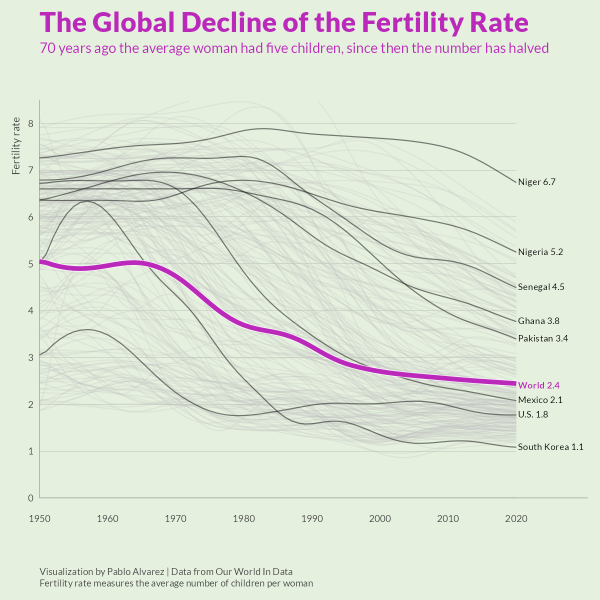High Schools’ Lack in Conversations about Mental Health
The mental health of high school students is frequently recognized as a “hidden crisis.” Throughout the past twenty years, high school students have faced increasing pressures as they make their way through school. The struggle of comparing oneself to other students, an overwhelming amount of work, and the lack of information given to high schoolers have negative effects on the mental health of students. This hidden crisis affects millions of high schoolers around the world.
40percentof all high school students have been proven to have some type of mental illness or disorder. This includes anxiety, depression, bipolar disorder, and more. This number has spiked upwards in the last decade, and the American Psychiatric Association has stated some of the causes are the rising pressures in school. Other data has also shown that the rate of suicide in teens is constantly on the rise as well. Despite these large numbers, mental health seems to be avoided as a normalized school discussion.
In an article written by Micheal Strong, he takes data and creates a graph showing the correlation between school connectedness and the decline of mental health. In the data, the students highly connected with their school shows that they are less likely to be emotionally distressed and suicidal.
While access to mental health information is becoming more available in the age of the internet, there is still a gap in mental health resources and information for teens in schools. The lack of information given to students throughout their school career causes students to not know how to deal with their mental health, leading to more serious problems later in life.
With the combination of schools trying to connect everyone in the activities and the attempt to bring awareness to the normalcy of mental illness, students could really be benefitted. I think schools should provide more resources to students and normalize talking about mental health issues. This could cause students to ask for help, be comfortable talking about their feelings, and feel like they are not alone.








